HEALTH: Getting hip to hip pain, and where it comes from
CalHiSports Insights April 18, 2012 SportStars 0
By Dr. Nirav K. Pandya
As a former collegiate long jumper and 400 meter runner, I had my share of hip pain while competing. The usual advice I got from my coaches was, “Oh, it’s probably a muscle strain. Put some ice on it and it will get better.”
As I transitioned to coaching track athletes after my competing days (before I started my surgical training), I felt there had to be a better explanation than a muscle “strain” for the varying degrees of hip pain my athletes were experiencing. Over the past decade, our knowledge of the athletes’ hip has exponentially increased. The hip is at risk for athletic injuries because it not only gives tremendous mobility to the lower body, but it also has to be able to handle loads which are several times one’s body weight during running and jumping.
The hip is a complex “ball and socket” joint. The “ball” is the top part of the long bone in the thigh called the femur. This top part of the bone, or “ball,” is also referred to as the femoral head and neck. The “socket” is the acetabulum which is one part of the pelvic bone. Within the acetabulum is a cartilage structure called the labrum which deepens the “socket” and increases the surface area and strength of the hip. The femoral head and neck “ball” fit into the acetabular / labral “socket.” In addition, multiple structures including muscles, ligaments, and tendons are located on or around the hip joint.
The general clinical rule which is utilized is that hip pain located near or in the groin region is generally coming from a source inside the hip joint (intra-articular). Pain located outside of the groin area is generally coming from a source outside of the hip joint (extra-articular). The one exception to this rule are strains of the adductor muscles, which are the muscles on the inside of the leg that are injured in a groin “pull.”
Muscular injuries are the general source of non-articular hip pain. Lateral-sided upper thigh pain is generally coming from the illiotibial (IT) band. It is a band of tissue which runs from the top part of the pelvic bone all the way down to the knee. It not only can be a source of pain from overuse/inflexibility, but can also give athletes a snapping sensation which feels like the hip is “dislocating” when it is tight.
In addition, multiple other muscles originate around the hip joint including the adductors (inside of leg), hamstrings and glutes (back of leg), and quadriceps (front of leg). Not only can they get injured around the hip joint (rather than further down the leg—more common) but they can also pull off pieces of bone (i.e. avulsion fractures) when injured. The majority of the time these muscular injuries can be treated with rest, activity modification, and physical therapy.
Pain located in the groin can be a bit more concerning since it may mean something is wrong intra-articularly. Long-distance runners can potentially have a stress fracture of the femoral neck which cannot be ignored, and can be devastating if they progress to a complete fracture. Patients may need to be on crutches for several weeks, and in rare cases need surgery. Patients who have had a twisting injury or engage in sports which place their hip in extreme ranges of motion such as dancers, martial artists, or hockey goalies can tear their labrum. If after a period of rest and rehab the pain continues, labral tears may need to be addressed through surgery. Finally, some patients may have a condition called femoral-acetabular impingement (FAI); especially if they have groin pain and decreased motion. This is a condition in which there is a small extra “bump” of bone on the top of your femur (called a “cam” lesion) or on your acetabulum (called a “pincer” lesion) that causes pain when your hip moves. Once again, if activity modification and rest do not relieve the pain, surgery may be necessary.
With our current knowledge, hip pain doesn’t need to be brushed off anymore in our young athletes. Accurate diagnosis and treatment is becoming readily available.
Dr. Nirav K. Pandya is a pediatric orthopedic surgeon specializing in pediatric sports injuries at Children’s Hospital in Oakland. He sees patients and operates in Oakland and our facility in Walnut Creek. If you have any questions or comments regarding the “Health Watch” column, write the Sports Medicine for Young Athletes staff at [email protected].
SportStars
SportStars Magazine: High School Sports Articles Online SportStars is your go-to source for the very best high school sports articles in California. Player and team profiles, game coverage, health and fitness tips and the largest Camps, Clinics & Combine resource for athletes. We're the story behind the stats.

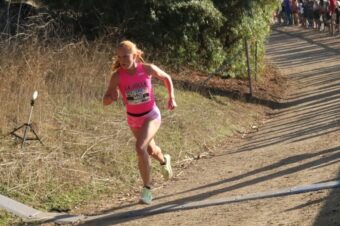
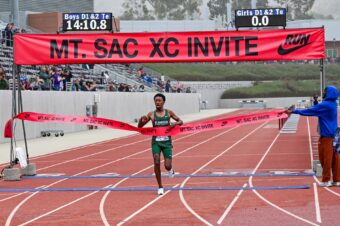

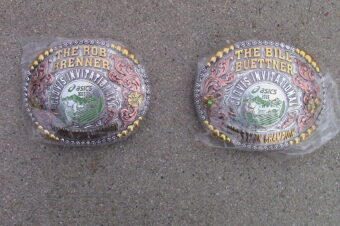
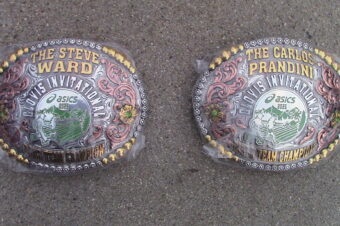

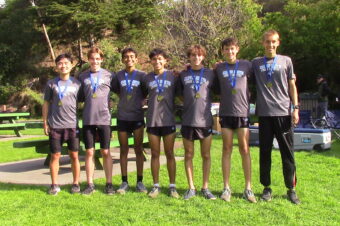
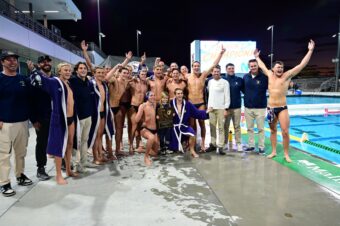
No comments so far.
Be first to leave comment below.